Introduction
This is the most comprehensive online guide available about rubber sheets.
You'll discover:
- Principles of Rubber Sheets
- Various Types of Rubber Sheets
- Applications and Advantages of Rubber Sheets
- And much more...
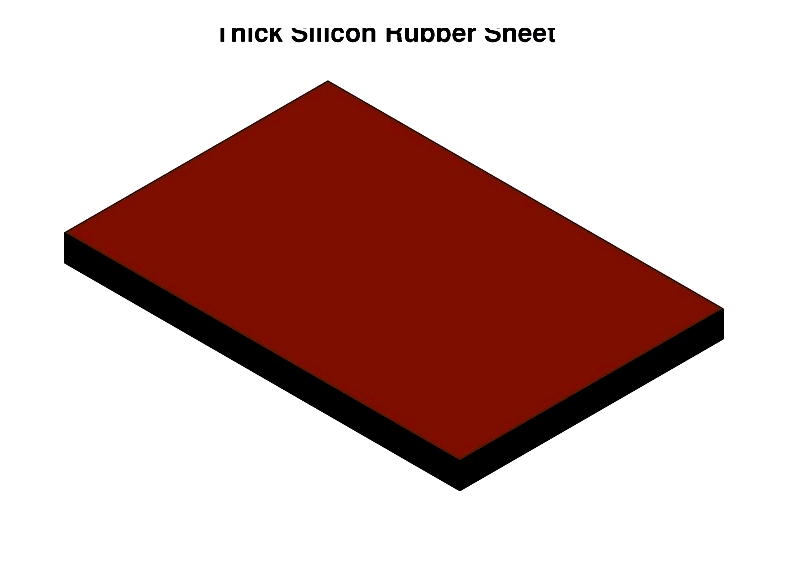
Chapter 1: Core Principles of Rubber Sheets
This chapter explains what rubber sheets are, how they're made, and their wide range of uses.
What Are Rubber Sheets?
Rubber sheets are flat materials made from rubber or rubber-coated fabric, designed to improve properties like tensile strength and reduce stretching.

This versatile material is used in oil and petroleum applications like fuel pumps and control valves, as well as across various industries.
How Rubber Sheets Are Made
Production depends on factors like dimensions, thickness, color, and intended use.
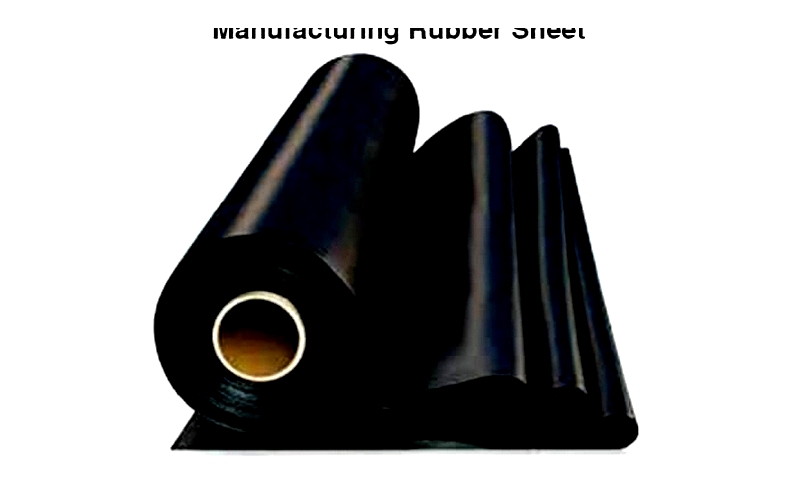
Rubber Sheet Materials
Common types include recycled, reclaimed, synthetic, and natural rubber. Recycled rubber comes from old tires, while reclaimed rubber undergoes de-vulcanization. Synthetic rubber is petroleum-based, and natural rubber comes from rubber trees mainly grown in South America, Africa, and Asia.
Thermoplastic Polymers
Materials like Polystyrene and Polypropylene can be remolded multiple times. Blended polymers may degrade during recycling but can be stabilized with additives.
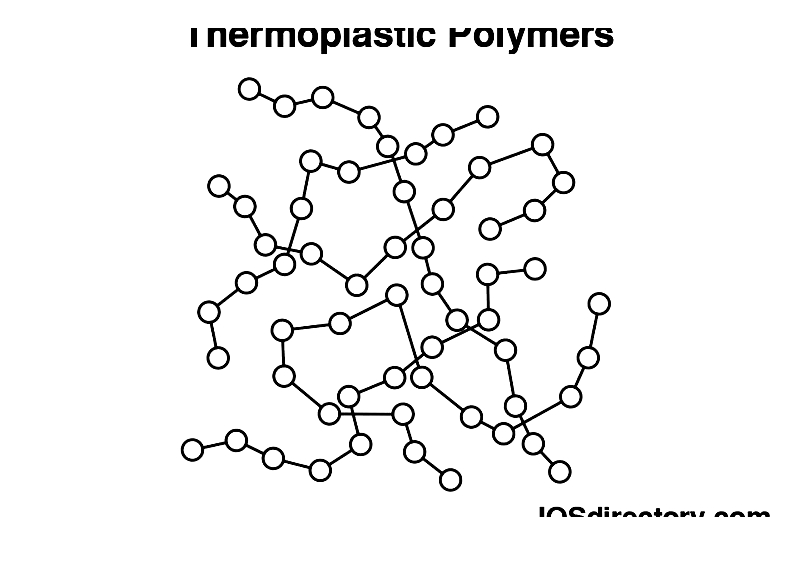
Thermoset Polymers
These form permanent molecular bonds during curing, differing significantly from thermoplastics.
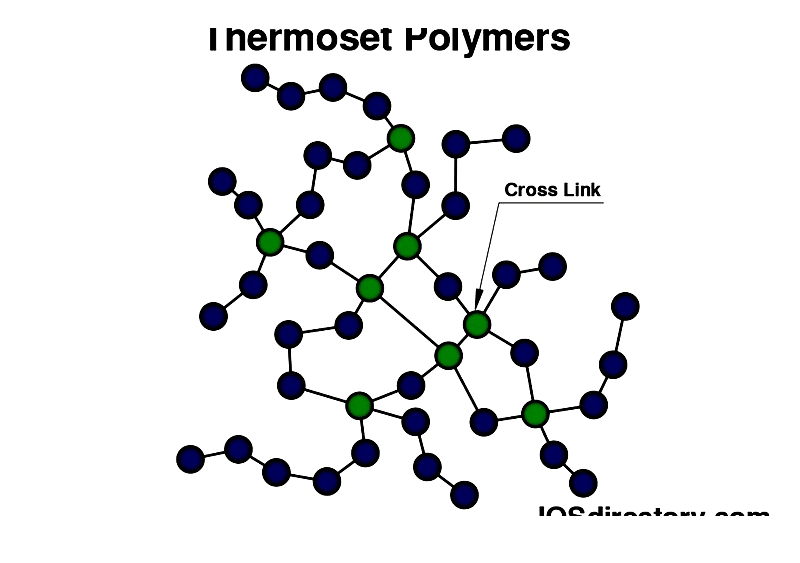
Rubbers in Rubber Sheets
Rubbers are thermoplastic before vulcanization, allowing reshaping. Vulcanization creates cross-links, though de-vulcanization remains challenging.
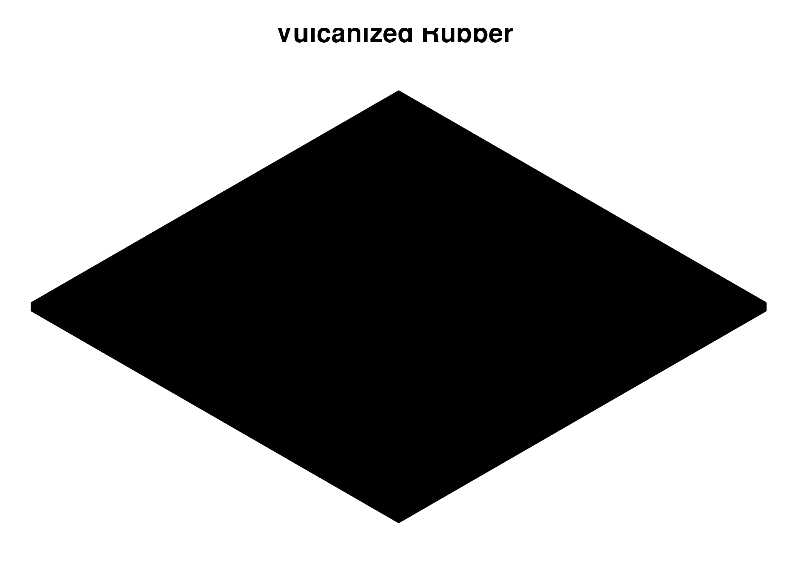
Compounding Ingredients
Polymers are enhanced with mineral fillers to achieve specific properties, especially in rubbers and thermosets.
Choosing Rubber Sheet Materials
Key selection factors include:
- Thickness: important for gaskets and seals
- Temperature Resistance: Must withstand operating temperatures
- Abrasion Resistance: Critical for wear-prone applications
- Environmental Resistance: To ozone and UV exposure
- Oil Resistance: For petroleum applications
- Acid Resistance: Essential in chemical environments
- Hardness: Measured on the Shore scale
- Tensile Strength: Breaking force measurement
- Elongation: Stretch capacity before breaking
- Compression Set: Recovery after compression
- Specific Gravity: Density comparison to water
Manufacturing Processes
Four main techniques: molding, extrusion, latex dipping, and calendaring.
Molding
Uses molds for complex shapes in small quantities, including compression and injection molding.
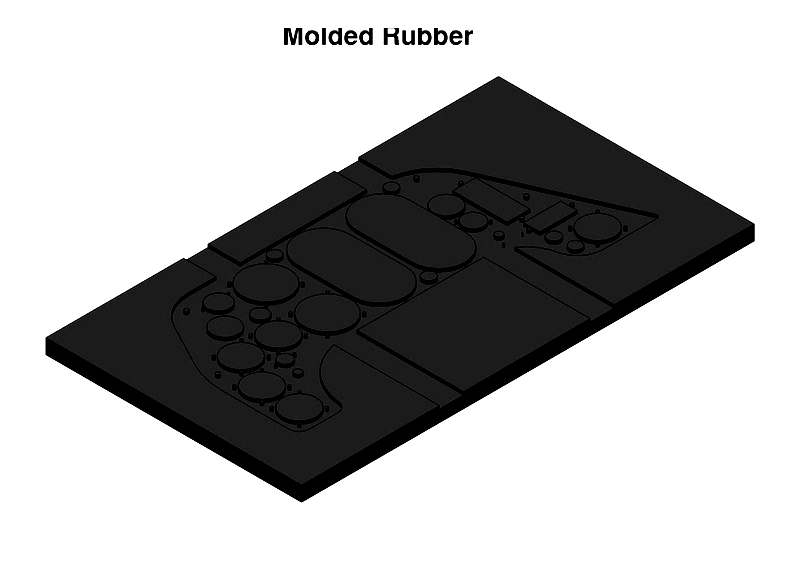
Extrusion
Forms unvulcanized compound through dyes for high-volume production.
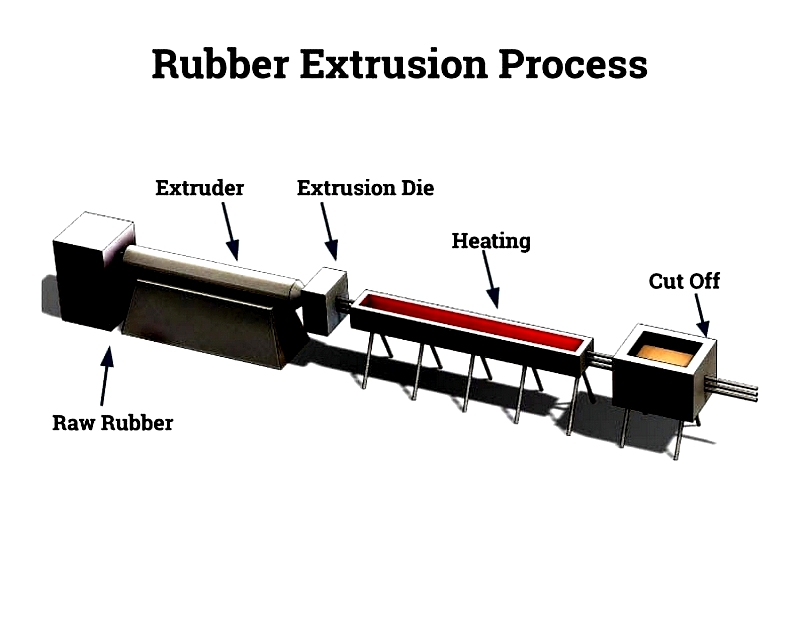
Latex Dipping
Dips molds in latex for thin products like gloves.
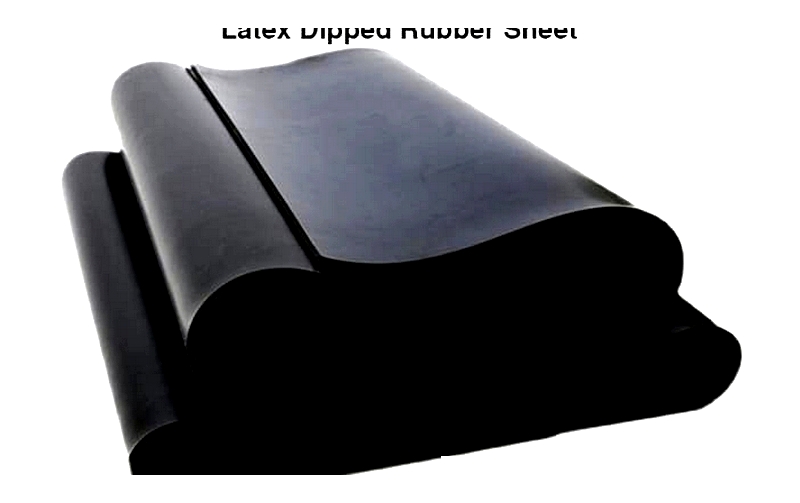
Calendering
Uses rollers for precise thickness in wide sheets.
Joining Methods
Bonding through adhesives or vulcanization, with vulcanized joints being more durable.
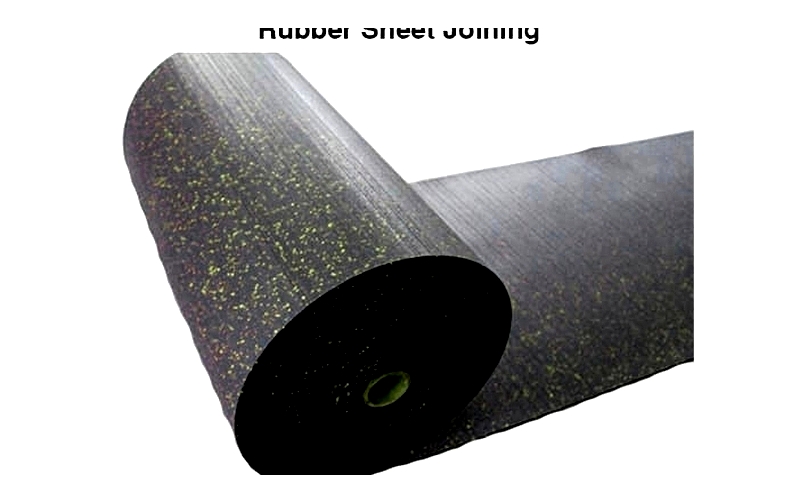
Rubber Sheet Specifications
Key standards include:
ASTM D1056
Covers flexible cellular rubber products like sponge rubber.
MIL-R-3065
Specifies requirements for synthetic rubber in fabricated products.
Chapter 2: Types of Rubber Sheets
Rubber sheets serve diverse industrial needs with their insulating, sealing, and protective properties. Here are the main types:
Natural Rubber Sheets
Made from rubber tree latex, offering excellent flexibility and tear resistance for anti-vibration applications.

Neoprene Rubber Sheets
Resistant to weather, flames, and chemicals, ideal for electrical insulation and marine uses.
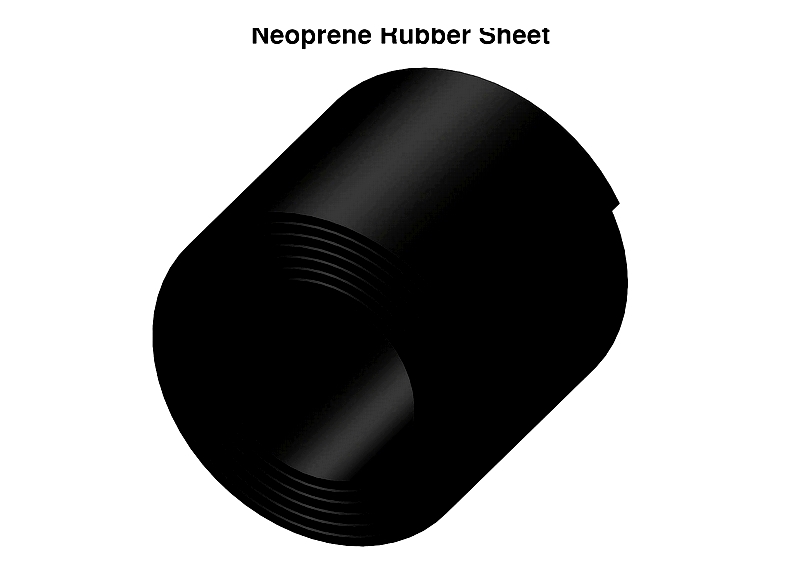
Soft Neoprene
40A durometer for maximum conformity in seals and dampers.
Medium Neoprene
60A durometer for versatile gasket applications.
Nitrile Rubber Sheets
Excellent oil and fuel resistance for automotive and food processing industries.

EPDM Rubber Sheets
Weather-resistant material for roofing and outdoor applications.
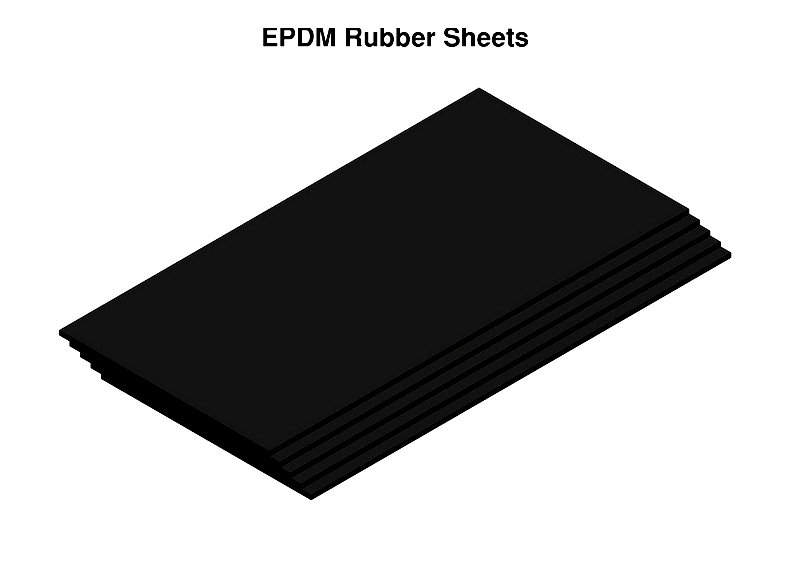
Silicone Rubber Sheets
Heat-resistant and non-toxic for medical and food industries.
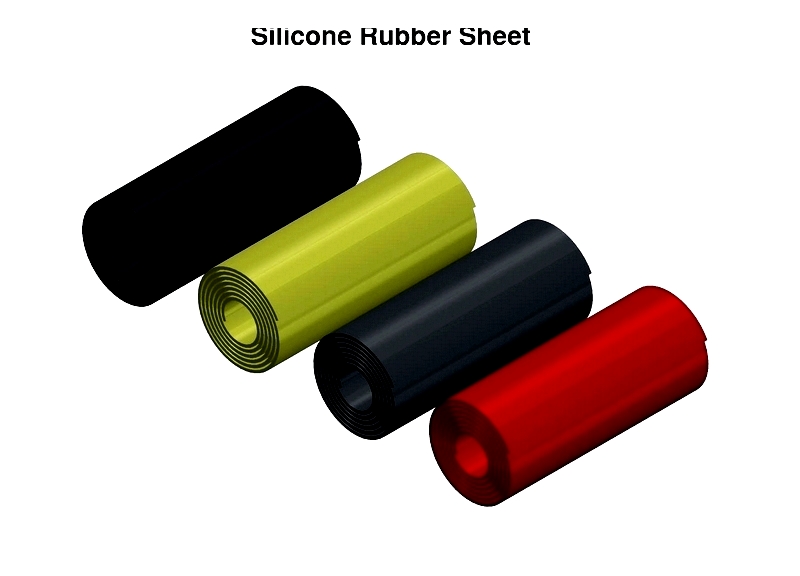
Fabric Reinforced Rubber
Added strength for high-stress applications like conveyor belts.




